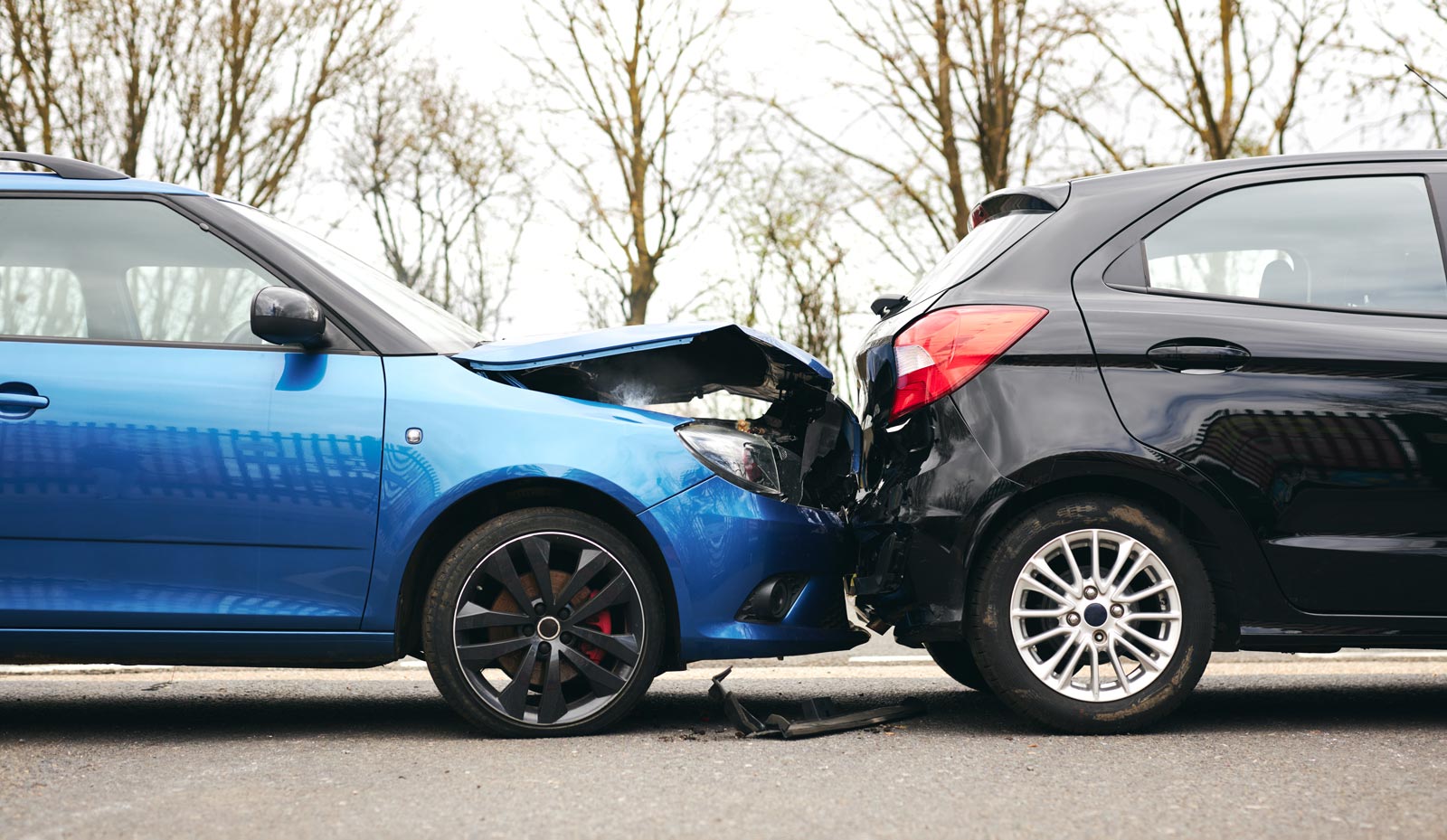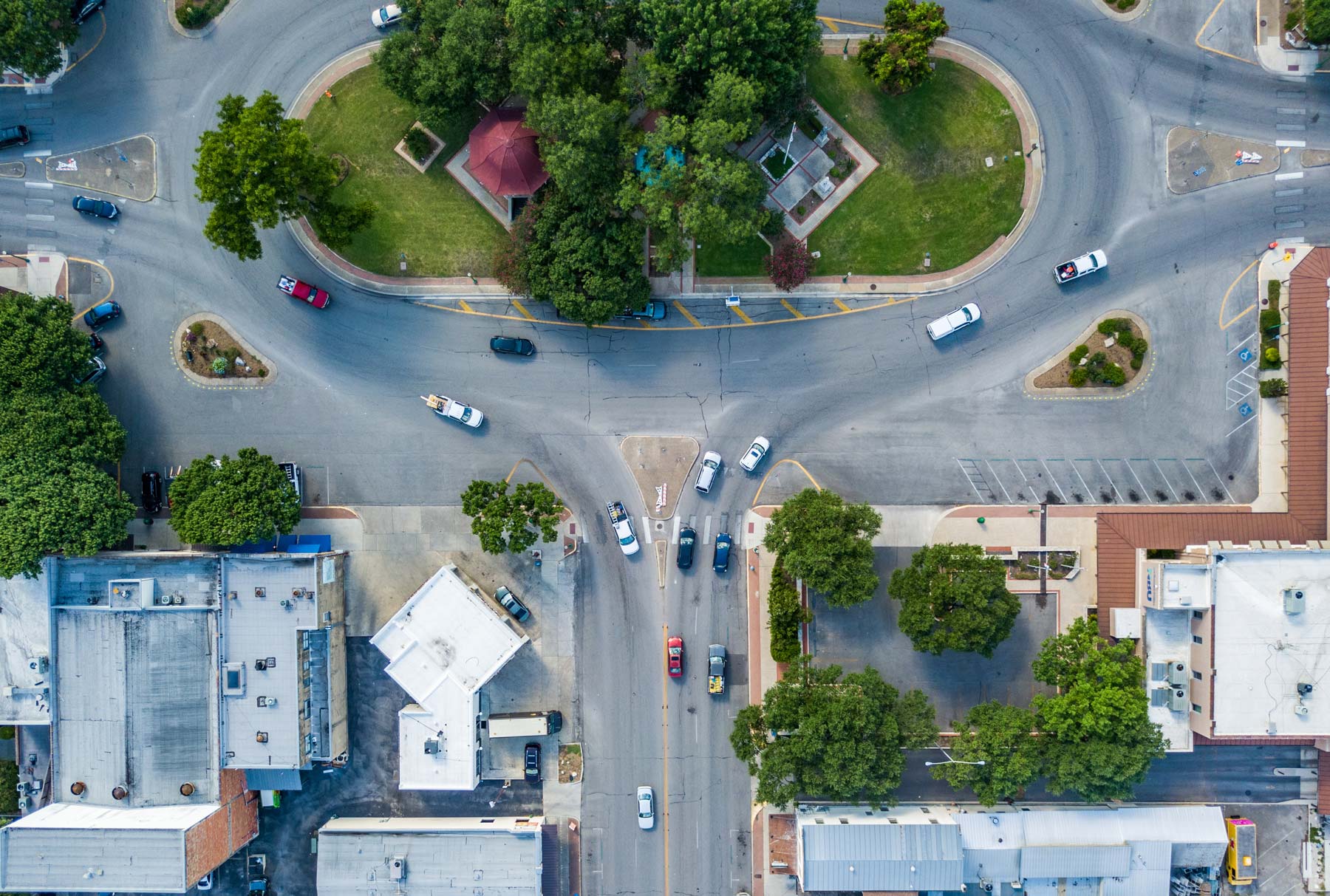
Even more concerning, another survey by Liberty Mutual Insurance and SADD (Students Against Destructive Decisions) finds that, as teenagers, children observe and are quite aware of their parents engaging in risk-taking behaviors like texting and driving without a seatbelt.2 And they tend to repeat their parents’ poor driving habits in equal amounts.
This data correlates with what our experience has been at the Crosley Law Firm. As a personal injury law firm, we see the end results of dangerously texting and driving, or being otherwise distracted. The majority of our auto accident cases include at least one driver who was driving while distracted. We see the direct and personal costs that come from this behavior, and want to do whatever we can to contribute toward a decrease in distracted driving.
We share the concern of Michelle L Macy, M.D., M.S., an emergency medicine physician at U of M’s C.S. Mott’s Children’s Hospital and lead author of the study published in Academic Pediatrics, who raised the question about whether parents are modeling the right behaviors in front of children who will eventually learn to drive. “We know there are some limitations to this study… people are often reluctant to disclose that they engage in dangerous (and sometimes illegal) behaviors while driving. But our results do highlight the fact that child passengers are frequently being exposed to the risks of distracted driving.”
Macy’s concern is warranted–the “do as I say, not as I do” attitude of many parents is recognized by two-thirds of surveyed teen drivers in the Liberty Mutual survey, who report that their parents live by different rules than what they expect of their teens.
One of the main sources of distraction in both these studies? Cell phones. In the study published in Academic Pediatrics:
- Approximately 75% of participants admitted to cellular phone-related distractions such as texting or making calls.
- Out of the over 1,700 teens surveyed nationwide in the Liberty Mutual/SADD survey report seeing 91% of their parents talking on a cell phone while driving, and 59% texting, at least occasionally.
- A high percentage of the teens surveyed also admit to making poor driving decisions, with 90% talking on the phone and 80% sending text messages while driving.
Distracted driving activities are also associated with other unsafe driving behaviors. Teens surveyed report that 88% of their parents speed, nearly half of them have driven at least occasionally without a seatbelt, and 20% under the influence of alcohol. These numbers are closely mirrored by the teen’s driving decisions themselves, with 94% reporting speeding, 33% not wearing a seatbelt, and 15% driving under the influence of alcohol.
Dave Melton, a driving safety expert with Liberty Mutual Insurance and managing director of global safety, notes that “Your kids are always observing the decisions you make behind the wheel, and in fact have likely been doing so since they were big enough to see over the dashboard. You may think you only occasionally read a text at a stop light or take the odd thirty-second phone call, but kids are seeing that in a different way. Answering your phone once while driving… legitimizes the action for your children and they, will. in turn, see that as acceptable behavior.”
Looking at the results of these two surveys, it’s quite clear that parents are taking unnecessary risks by driving distracted with children in their car, but they are also setting the precedent for their kids that will affect how they drive when they receive their license. An estimated 421,000 people were injured in motor vehicle crashes involving a distracted driver in 2012.3 We are setting the table for these numbers to increase if we continue these risky behaviors.
No one wants to be at fault when it comes to an auto accident, and no one would want to be responsible for a serious injury or an untimely death. Yet we see cases where individuals have been hurt or killed as the result of distractions, and we see the physical and emotional pain that these incidents cause to both the victim and the responsible party.
Teens, start the conversation and speak up. Ask your parents to change their behaviors. 70% of teens who do so reported that their parents listen and change their actions while behind the wheel. Mom and dad, make conscious decisions while driving, like turning off the ringer on the cell phone and buckling up every time you get behind the wheel. Remember–a future driver is watching you from the backseat.
1 Potential Distractions and Unsafe Driving Behaviors Among Drivers of 1- to 12-Year-Old Children Academic Pediatrics, Volume 14, Issue 3, May–June 2014, Pages 279-286 Michelle L. Macy, Patrick M. Carter, C. Raymond Bingham, Rebecca M. Cunningham, Gary L. Freed
2 Liberty Mutual Insurance and SADD commissioned ORC International to conduct a qualitative and quantitative methodology to measure teen driving attitudes and behaviors. The study was initiated with a series of focus groups held in Boston, Mass. and Atlanta, Ga., from January 30-February 1, 2012, followed by a survey of 1,708 eleventh and twelfth graders from across the country.
3 Distracted Driving: Facts and Statistics: National Highway Traffic Safety Administration








